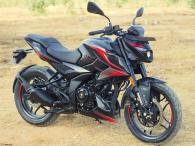News
10 years & 1,00,000 km with a Tata Nano
To sum it all up, Nano was a great idea in itself with a noble thought behind it. It was cheap, small but with ample space inside and extremely fuel efficient too.
BHPian gt3t0uring recently shared this with other enthusiasts.
Greetings everyone!
Finally the time has come to write down a long ownership review of our ten year old papaya Orange Tata Nano which has just done over 100,000 kms! I was waiting for her to either reach the 100k mark or turn 10, coincidentally, she reached 100k the day after she turned 10. So here I am presenting this review. There have been a few hiccups here and there but for most of the part it's been our reliable friend.
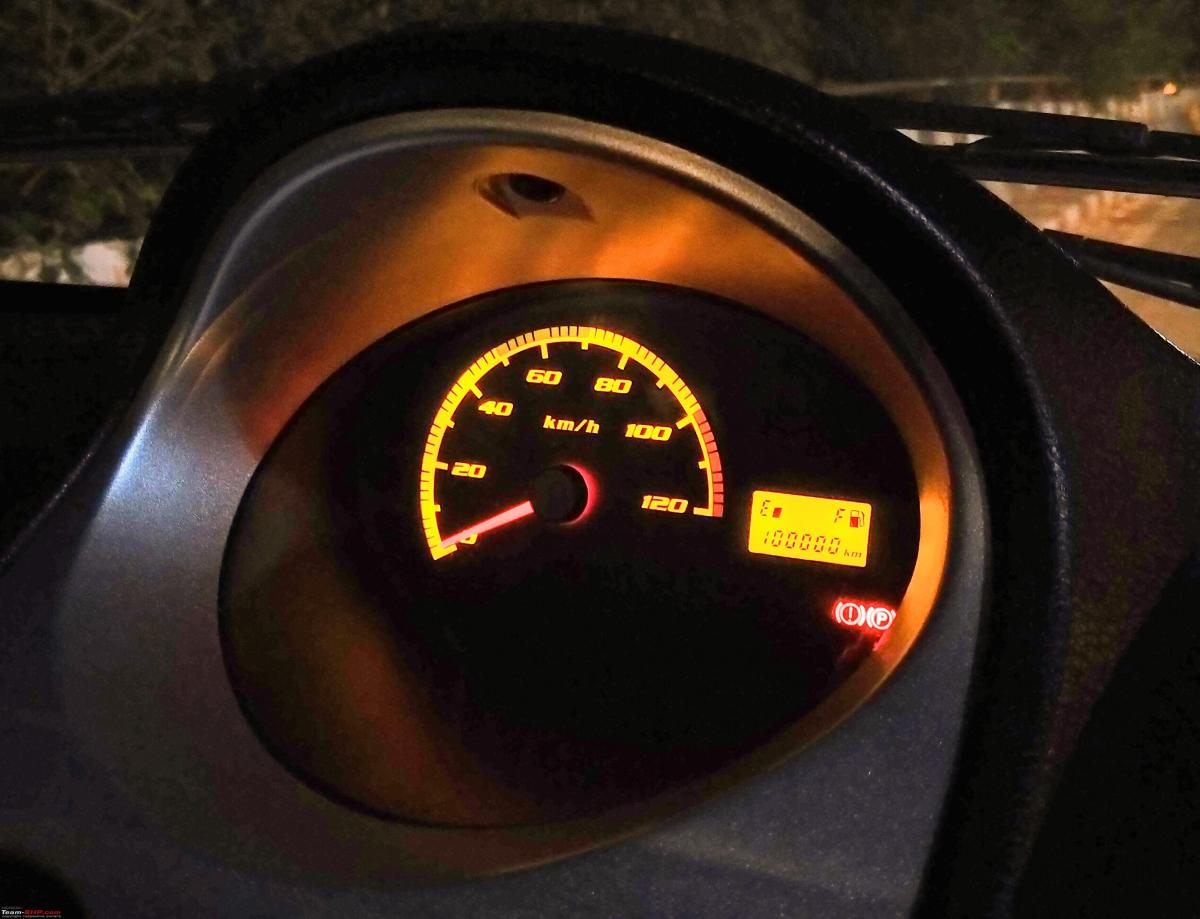
1,00,000 milestone reached.
The search started in the year 2012, we wanted the cheapest possible way of getting onto four wheels and Nano met the requirements. For the first 3 years Nano was strictly used as a city car for weekend drives to grandma's place, covering only 11000 kms but since grandma shifted to another state it's been our mile muncher.
Variant and Pricing
2012 was also the year when the facelift was launched with various improvements based on customer feedback along with 10 new vibrant colours. We narrowed it down to Papaya Orange and Neon Rush Green and eventually went with Papaya Orange.
Nano was offered in 3 variants; Std(base), CX and the range topping LX. We opted for the CX variant as it had A/C (a must in NCR summer) without breaking the 2-lac-barrier. The on road price was 1,90,000 but final price came to be 1,65,000 after giving our old CD100 bike in for exchange.

11-year-old me really wanted a customized brochure and made sure to get one!
Test Drive
There's not a lot to write about as I was not present during the test drive. I did ask my father how it went, he told me that the SA showed all the basic stuff (like driving with the A/C On) Nano could do just like any other conventional car. In the end the overall performance was satisfactory and the car was booked the same day.
Delivery Day
The 21st of March was set as the delivery date and everything went as planned. We reached Autolinks Tata Motors in Saket at noon. Interestingly, while the paperwork was being done there was a yellow LX Nano stationed inside the showroom, me being an 11 year old at the time, went to check it out and was told that it was kept as a driving simulator. I was let inside the car and I drove around in the simulator for a few minutes.
After all the paperwork was done we clicked a photograph and drove off with the new family member.
Here are some of the good and the bad of owning and driving a Nano which I have personally experienced:
Positives
- Ingress and egress: Being a tall boy design, getting in and out is easy
- Fuel efficiency: In city, 19-20 with A/C, 20-21 without A/C. On highways: (without A/C) 29 kmpl if driven at 55-60 km/hr, 27 kmpl if driven at 70-75 km/hr and 24-25 kmpl if driven constantly at 80 km/hr. (With A/C) 27 kmpl with the speed of 70km/hr.
- A/C: The air conditioner is really effective. Most of the time fan speed is set at 1 and it does its duty well, only in peak summers one might have to set it at 2.
- Legroom and headroom: More than enough for people with average height like me.
- Small footprint: Ended up at a dead end on a narrow road? 3 point U-turn and you are good to go. In the city just a single point U-turn is sufficient most of the time. Can get through the narrowest of spaces leaving big cars in the rear view mirror.
- Lightweight: Not really a positive per se but is really helpful when the car needs to be moved around or push started.
- Handling: Being a non assisted steering, the wheel feels heavy and the car stays planted(relatively) despite having a tall boy design.
Negatives
- Poor NVH levels: Every rough patch is translated into the cabin. There will always be the mechanical sound of the 2 cylinder engine inside the cabin. Lots of wind and road noise at Highway speeds as well.
- Engine: the 2 cylinder engine should strictly be used in the city. Although it can cruise at 80 km/hr doesn't mean it should. The experience isn't as pleasant as it should be for a long journey.
- Safety: Although the Nano was never meant to be the safest, still, only the seat belts are there to protect you, not even the crumple zones.
- Gearbox: the 4 speed manual is well gated and does the job just okay Also, Tata could've given Nano a 5 speed unit for a more relaxed cruising even though it was never meant to be a highway cruiser.
- No openable hatch: Only applies for Nanos made till 2014. An openable hatch does come in handy. Also, small boot space is provided but being just above the engine, the area gets too hot.
- Suspension: Stiff suspension just makes the road felt even more inside the cabin, but it is expected given the tall stance.
- Steering: While the non-assisted steering feels good on the highway, in the city where a lot of maneuvering is needed heavy steering can be troublesome for most, although personally it's manageable for me.
Driving Experience
Nano is the simplest form of ICE car that one could get their hands on today. The rare rear-engine-rear wheel drive layout and out-of-the-box styling is where peculiarities end, otherwise it's a no-nonsense vehicle. After spending some time with Polo I've realised how ideal the Nano is for city travel, you don't have to worry about taking U-Turns or watch out for the long hood because there is none, you sit in, crank the engine and start moving. It's like a bicycle compared to today's turbo charged premium hatchbacks. Talking about the engine specs, Nano is propelled by a 2 cylinder engine that produces 37 hp and 51nm of torque. The engine is mated to a 4 speed manual.
In the city the engine feels peppy especially in 1st and 2nd gear, and has enough grunt to keep up with the traffic. At 50km/hr (avg speed limit) engine feels relaxed and the noise creeping into the cabin is controlled.
As soon as it's taken up on a highway, the small capacity engine shows its limitations and climbs up to highway speeds rather slowly. But
It can easily cruise at 70km/hr without breaking a sweat and the engine feels relaxed too. At 80 km/hr it starts to feel that the engine is working hard but can sustain the stress. Above 85 km/hr the engine is working just too hard for the liking with spinning at high RPMs, I don't think it can sustain such speed for long distances without overheating. (If anyone has done the same let us know!)
Another thing noticed while driving on the highways is, the accelerator pedal has to be pressed ever so slightly to keep cruising at 80 km/hr or even 90 km/hr, if it is pressed further the car starts climbing instantly. The engine is capable of doing more than the (limited) top speed of 105 km/hr but is restricted because of the 4 speed MT, structural limitations etc.
We've also taken our Nano to the mountains on several occasions and the performance is strictly okayish but not inadequate as most would assume. It's been to Mussoorie, Devprayag, Chamba to name a few.
In the mountains, 4th gear is rarely used. I'm always hoping between 2nd and 3rd gear. To overtake a vehicle the engine has to be revved hard and the overtakes should be cautiously calculated too. Nano actually feels fun while climbing on the hairpin bends but we have to wrestle against the body roll while doing so. The brakes are just about adequate as well.
Overall the car is best suited for city drives but can be used on the highways if the need arises. But is not purposely built for the same so don't expect the ride to be as pleasant as other bigger cars.
Fuel Efficiency
On the flip side of being an underpowered small capacity engine, the Nano is extremely fuel efficient and delivers good numbers constantly. As most of our traveling is on the highways it is a regular occurrence to see 24-25 kmpl, if driven at 80 km/hr and 27-28 kmpl at the speed of 65-70 kmph(without A/C). We've also done hypermiling and it gave around 29 kmpl at the speed of 55-60 km/hr. Even in the city, the worst we've got is around 18 kmpl with the A/C on. Without A/C it gives around 20-21 kmpl.
It's fair to say that fuel efficiency is one of the few areas where the Nano edges over other cars.
Breakdowns
- The check engine light in the cluster has flashed a few times, fortunately every single time we were able to get the car to an authorised Tata Motors workshop on our own.
October 2018: First time ever the check engine light lit up. Turned out to be a faulty fuel pump, replaced.
- October 2018: Check engine light lit up with abrupt loss of power. Car was able to reach back after restarting the engine. ECU failed (shocking). Was replaced within 10 days of placing order for the same.
- August 2020: After a long trip coolant high temperature light came up along with the check engine light. Saw coolant dripping down from the radiator drainage plug. Radiator malfunctioned this time. Whole radiator assembly was replaced
- January 2021: Gear linkage cable broke and came out of the socket. Cable repaired not replaced as it wasn't in stock with the authorised service center. No problems since then.
- August 2021: While coming back from a 200km trip was alerted by a motorist that "engine oil" (it was coolant dripping down) was leaking. As soon as I pulled over, the coolant temperature light lit up along with a chime.
- Water pump gave up along with "an elbow". Took 3 days to get everything sorted
Parts Replaced/Repaired
- Instrument cluster (replaced for free at approx 3500 km due to being faulty)
- Front LH shock absorber (replaced)
- ECU (replaced)
- Clutch kit (replaced)
- Both front control arms (replaced)
- Radiator assembly (replaced)
- Fuel pump (replaced)
- Water pump (replaced)
- LH drive shaft (replaced)
- Gear linkage cable (repaired)
- A/C condenser assembly (replaced)
- Timing Belt (replaced)
Design Flaw
This is a concern Nano owners should look out for especially those who live in rust prone areas. Unlike conventional front-engined cars Nano is rear-engined which means there's a lot of empty space in the front even with the spare wheel attached. Bare frame of the car is also visible through that empty space. The flaw is, whenever it rains or the car is washed, all the water drains down to that exposed bare frame and it stays there the whole time until it is wiped or dried. If the water happens to be too salty it can easily corrode the exposed frame affecting the steering rack and could possibly cause it to fail if corroded too much. The wiring harness around the headlights can also be affected as our headlights sometimes do not work properly because of the wiring getting damaged. Owners should make sure that the area has been dried or wiped before the car is parked for a prolonged time. Tata knew about this flaw. That's why the wiper motor is covered by a hard plastic.
Service and costs
Service interval for Nano is 10,000km/1 year.
Every annual service of our Nano has been done at authorized Tata service centers.
Normal service without any part replacement costs around 3,500-4,000 with labour included.
For the last 3 years we've taken our Nano to Sab Motors (near Mohan Estate) for repairs and services. Our experience has been good with them without any fuss and the car usually gets delivered on time.
Parts Availability
Another topic of concern is the availability of parts. The regular wear and tear parts like; filters, wipers are readily available. But parts which fail after a long time have to be ordered or sourced from elsewhere and then again it takes days for the car to get sorted out. For instance in our case, the LH drive shaft had to be replaced, even after placing the order the part didn't come. We contacted over 3 authorised service centers and eventually got the job done from an authorised service center which was almost 35 kms away as they had the part readily available.
So owners should expect 6-7 days of delay if something major goes wrong with their Nano and the part is not readily available.
To sum it all up, Nano was a great idea in itself with a noble thought behind it. It was cheap, small but with ample space inside and extremely fuel efficient too. That said, Tata should've never put "cheap" and "first car" in the same sentence; rather, they should've just launched it and let the price do the marketing.
Also a first time buyer does not just look for a car that is straight up cheap to buy but a car that could provide decent creature comforts and a pleasant driving experience not only in the city limits but also on the highways.
Unfortunately, the Nano was cheap to buy but trading in the creature comforts it didn't have at the time for the price was just not worth it.
Even though the GenX Nano was a big leap in terms of quality, it was too late to do any positive change. People had moved on with the thought that Nano was a cheap car and would always remain one.
That led to the Nano ending up as a second car for the rich rather than the first car for the masses.
I do opine that the Nano should be revived as an EV with a range of around 150 kms. Its small dimension with silent cabin would be a boon in city traffic. But it will only do wonders if the "aam janta" is over the thought of owning a "lakhtakiya".
As this is my first ever thread on TeamBHP, I am expecting for errors to pop up and willing to correct them as well.
Would like to end this by posting some photos let them do some talking, thank you!
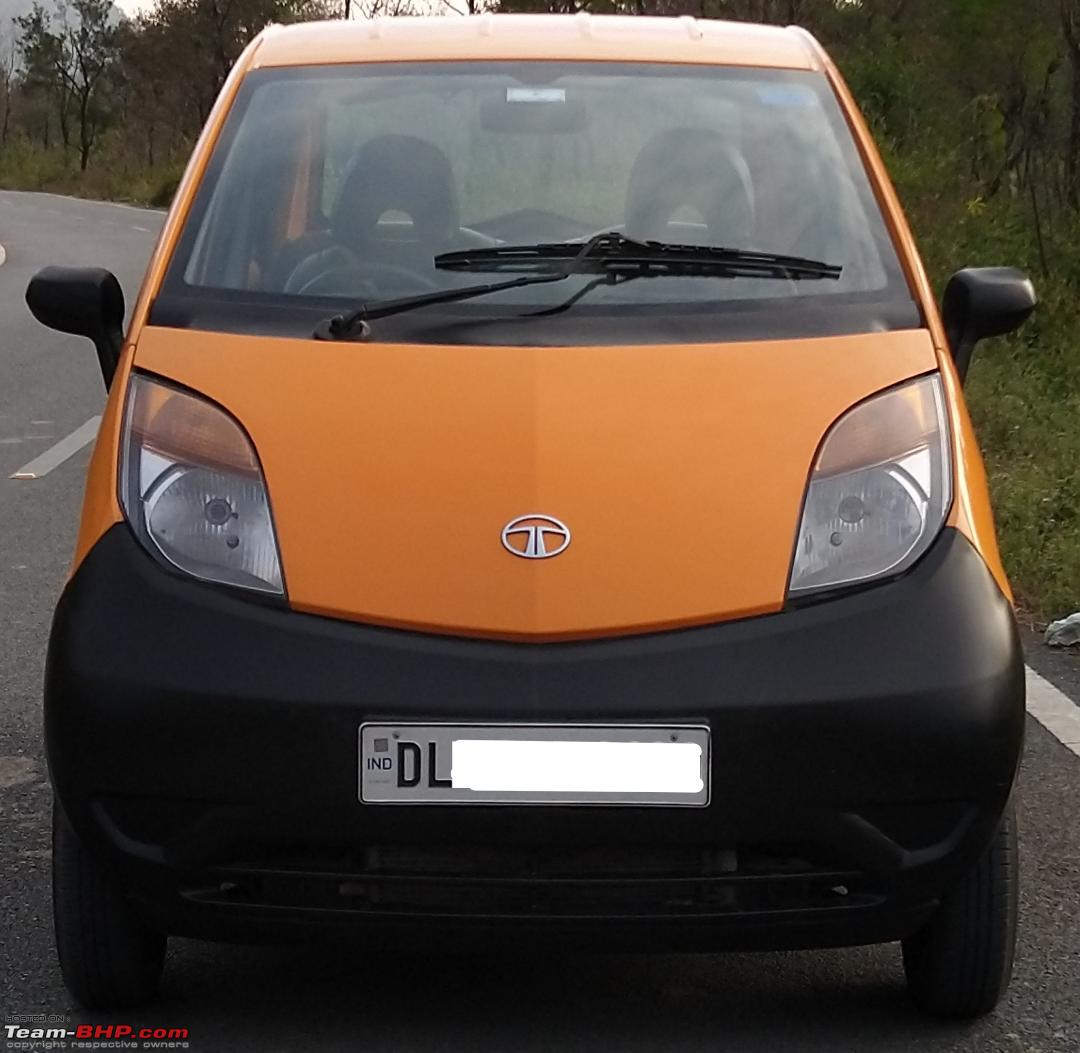
December 2021

Year 2012, Only a few months old!
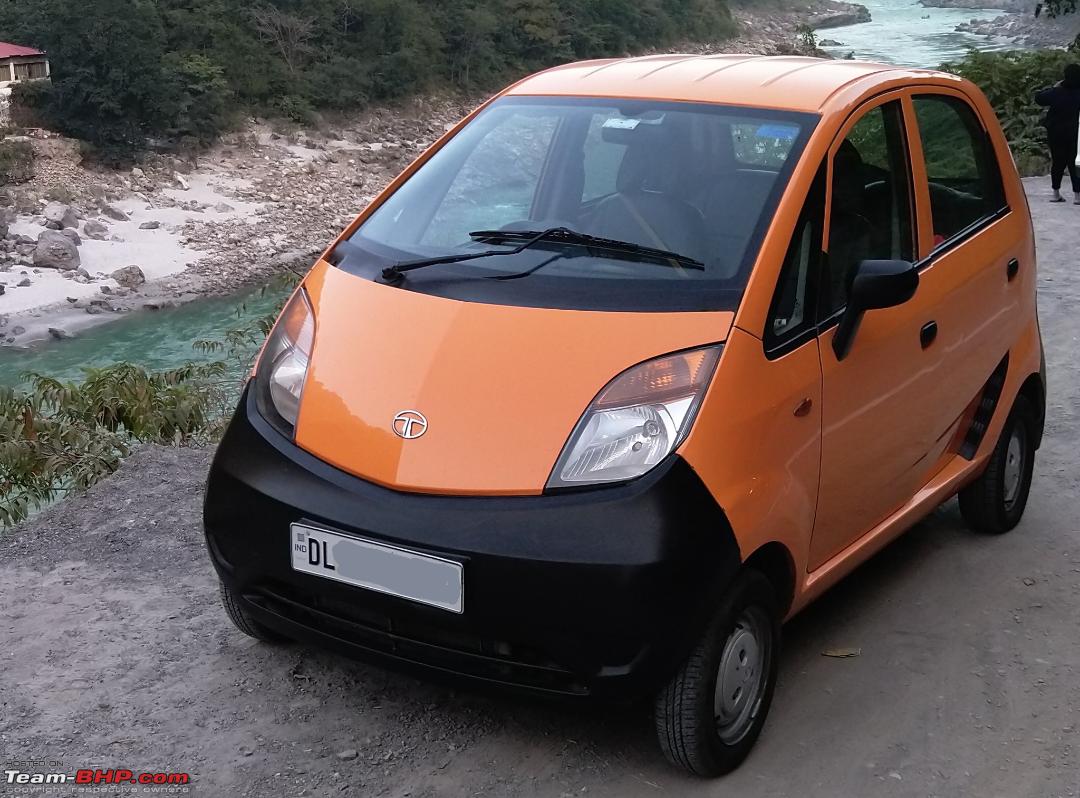
November 2021

February 2022, Two not-so-popular cars together.

December 2021
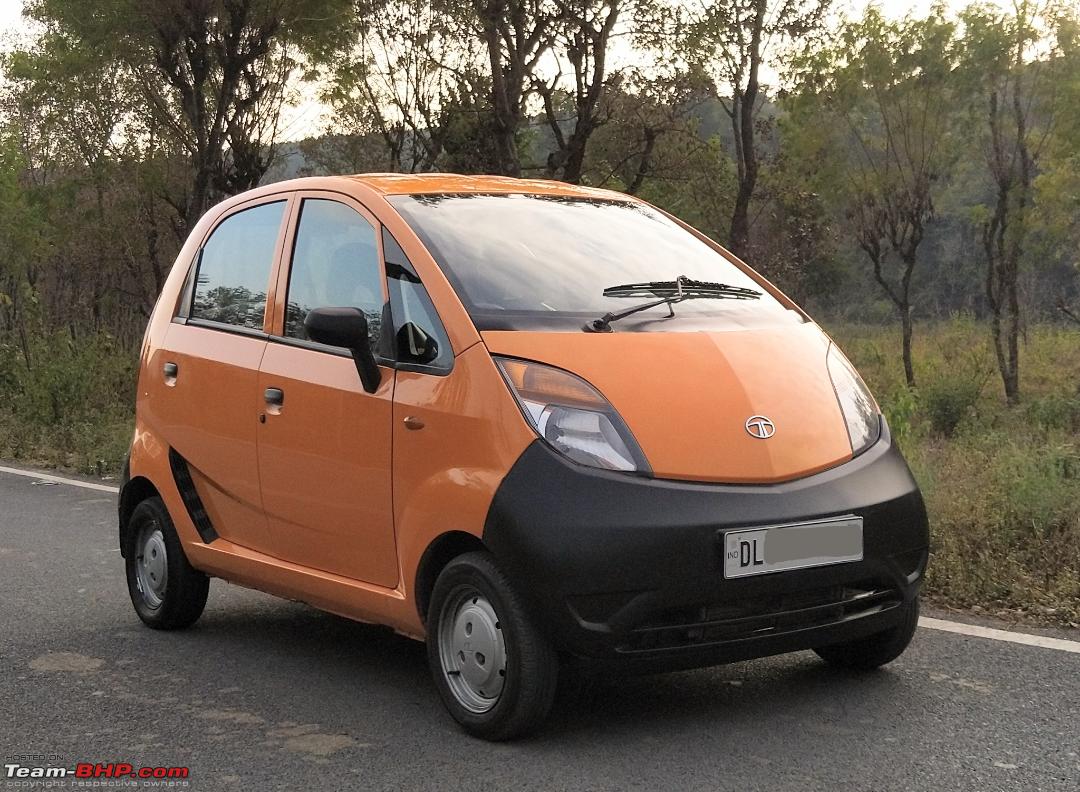
December 2021

December 2021
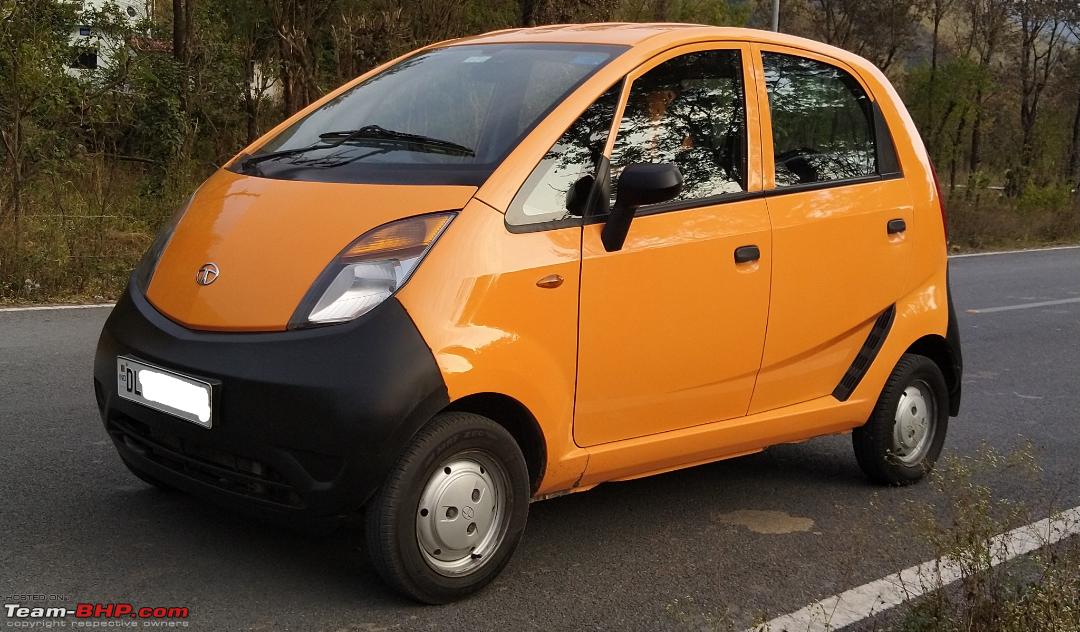
December 2021
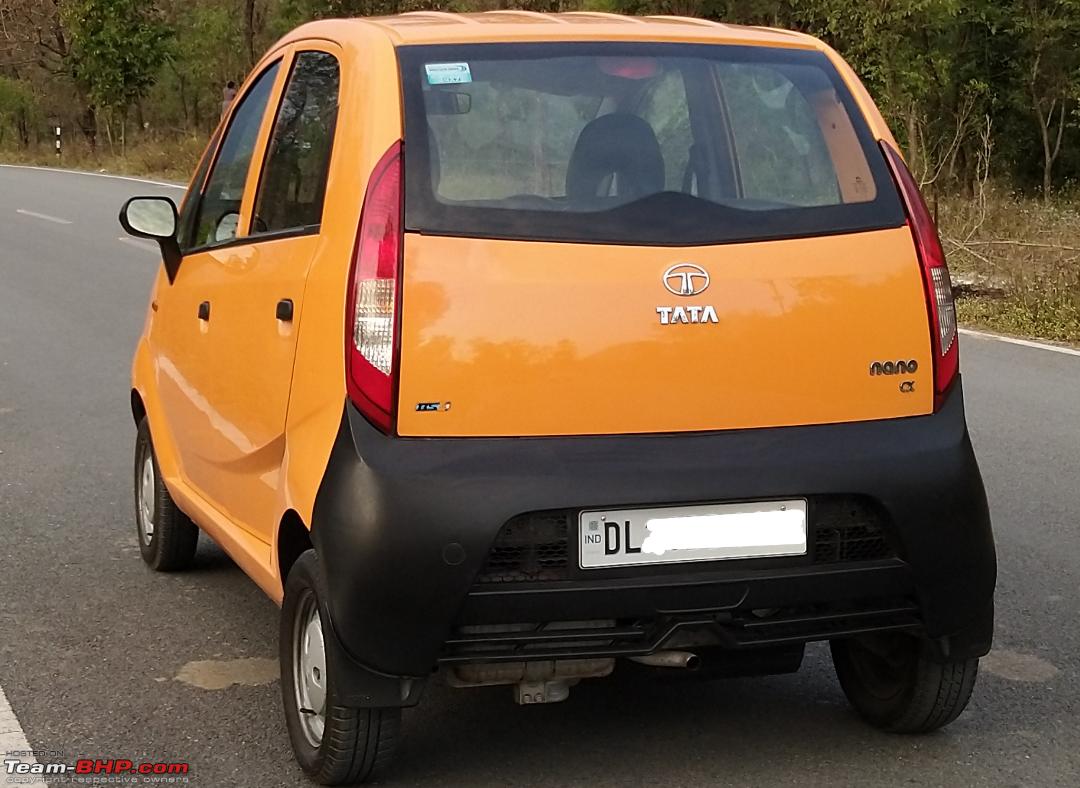
December 2021

December 2020

February 2022, Cruising on the way to Devbhoomi.

November 2021
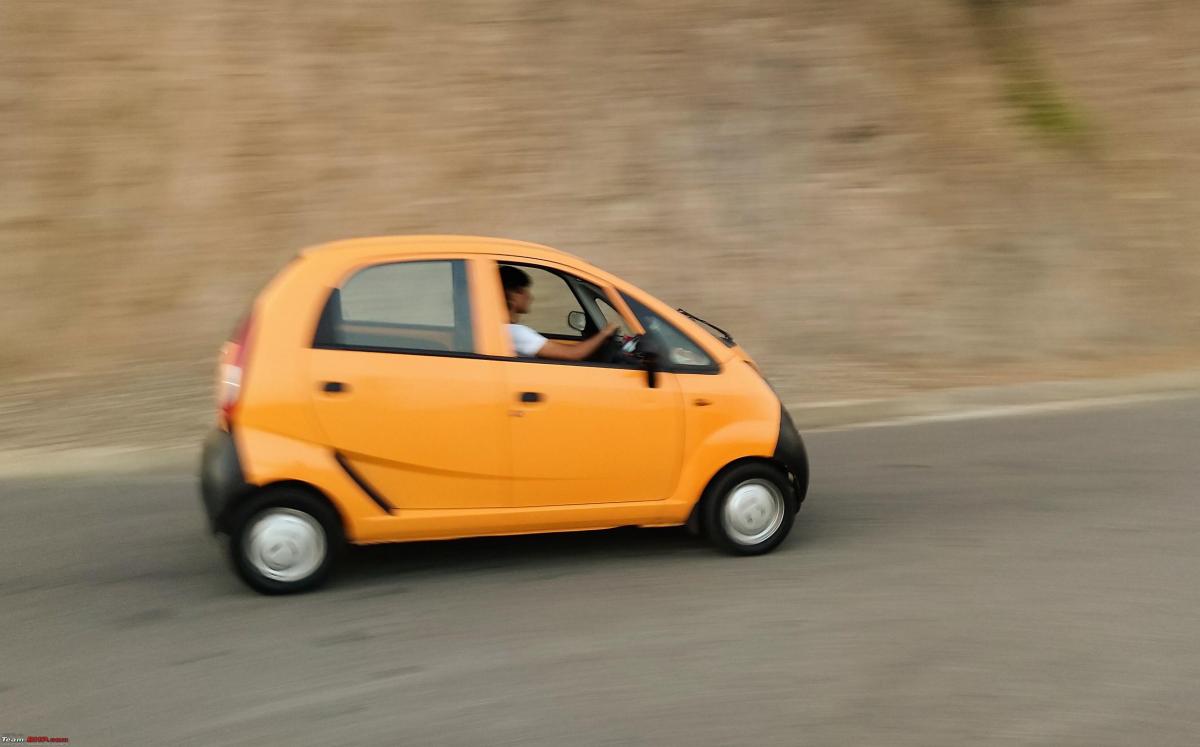
June 2019, Going through the Tehri Hills!

May 2019
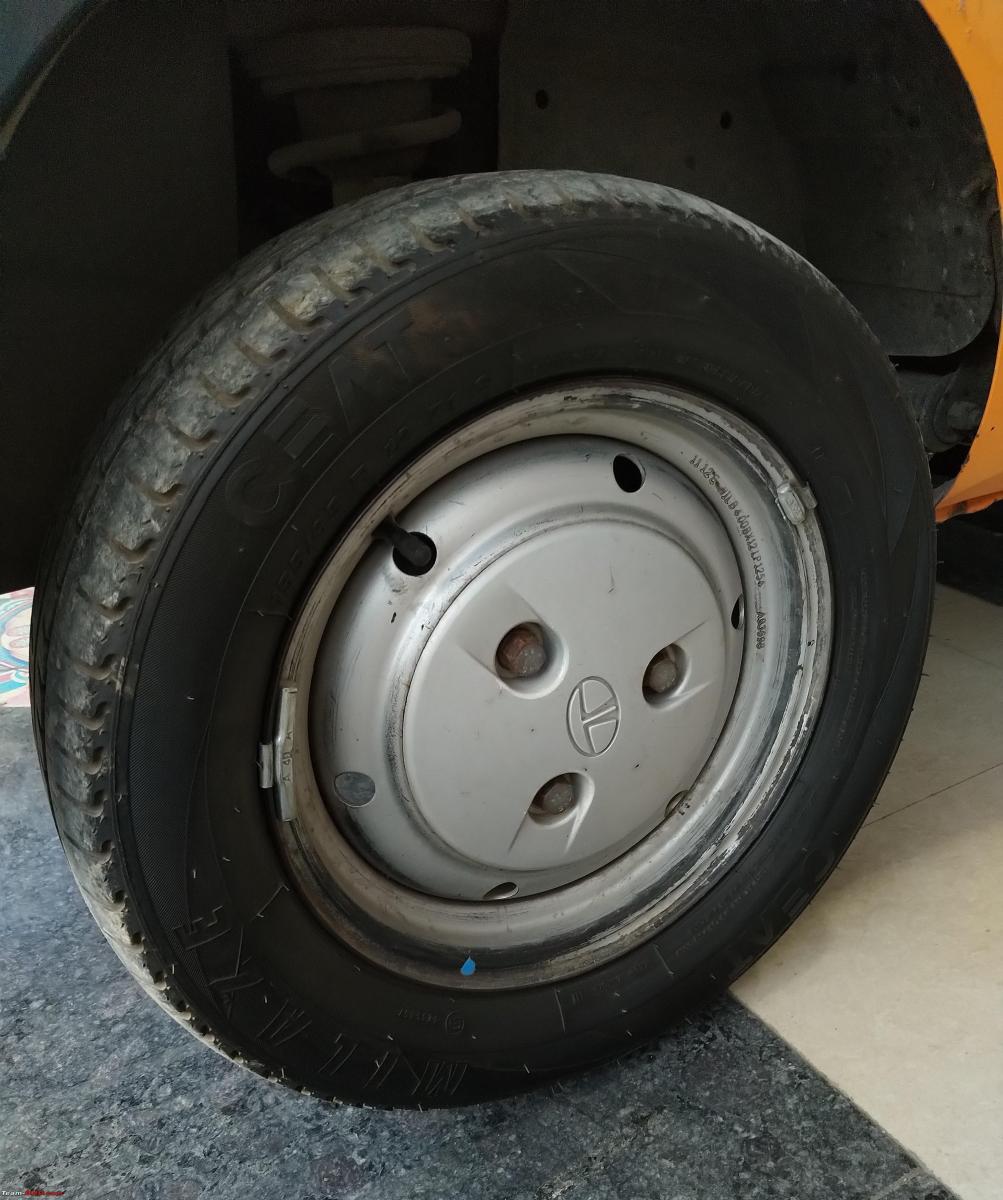
December 2021 rim condition at approx 95k km
Read BHPian comments for more insights and information.
- Tags:
- Indian
- Tata
- Member Content
- Tata
- Nano








.jpeg)







